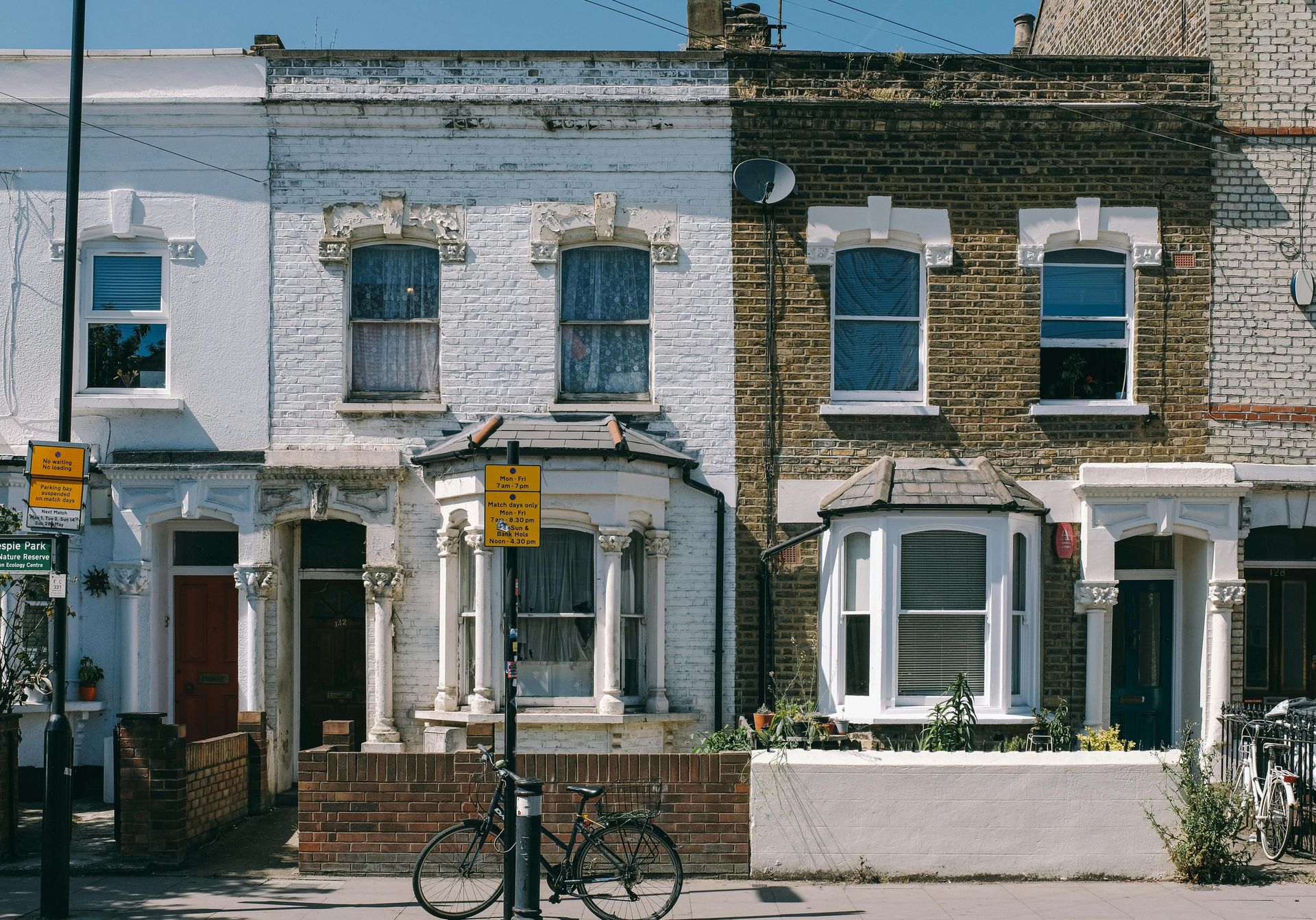How to Finance a Self-Build Property in 2025: Strategies, Stages, and What Lenders Expect
From Plot to Completion, This Guide Walks You Through the Finance Options, Lending Criteria, and Common Pitfalls of Funding Your Own Build in 2025
Building your own home is one of the most rewarding property journeys—but it's also one of the most complex to finance. Unlike standard mortgages, self-build finance is released in stages, requires detailed planning, and comes with a very different set of lender expectations.
Here's what you need to know in 2025.
What Is a Self-Build Mortgage?
A self-build mortgage provides staged funding to cover land purchase and the cost of construction. Rather than receiving the full amount upfront (as with a traditional mortgage), funds are released in phases tied to build milestones.
There are two main types:
- Arrears Stage Payments – Funds released after each stage is complete
- Advance Stage Payments – Funds released before each stage begins (less common, typically requires specialist lenders or insurance-backed structures)
When Do You Need Self-Build Finance?
You’ll typically need this type of finance if:
- You’re buying a plot with or without planning permission
- You’re demolishing an existing structure to rebuild
- You’re significantly altering or extending a property beyond standard renovation
- You want to avoid selling your current home during construction
The Typical Stages of Self-Build Lending
Lenders usually release funds across 5–7 stages of the build:
- Land Purchase
- Preliminary Works and Foundations
- Wall Plate Level / Structural Shell
- Wind and Watertight (roof, windows, doors)
- First Fix (plumbing, electrics)
- Second Fix (plastering, joinery)
- Completion / Final Certification
Some lenders may combine or break down these stages further. A clear costed schedule is essential.
Key Lending Criteria in 2025
Lenders are cautious with self-builds due to the higher risk and complexity. Expect to meet the following:
- Detailed Cost Breakdown – Materials, labour, contingency
- Planning Permission – Full or outline planning in place
- Professional Valuation – Both land value and projected GDV (Gross Development Value)
- Build Insurance – Often including structural warranty or 10-year guarantee
- Qualified Team – Architect, builder, or project manager in place
- Exit Strategy – Either a remortgage on completion or intention to sell
How Much Can You Borrow?
Lending is based on the lower of either the total project cost or final valuation. Most lenders cap borrowing at:
- 75% of land value
- 85% of total build costs
- 70–75% of final GDV
Some specialist lenders may go higher with robust planning and experienced teams.
Fixed vs. Flexible Structures
There are a few ways to finance your self-build:
- Self-Build Mortgage – Traditional staged release
- Bridging Finance – Faster but more expensive; useful if you’re under time pressure or need funds before planning is granted
- Development Finance – For larger projects, especially if multiple units or commercial resale is involved
- Drawdown Mortgages – Offered by some specialist lenders, allowing you to access funds as needed
Each route has pros and cons depending on your experience, risk appetite, and project scope.
Common Pitfalls to Avoid
- Underestimating Costs – Always include a 10–15% contingency
- Delays in Planning or Build – Can create funding gaps
- Overvaluing Final GDV – Lenders won’t release funds beyond their upper risk limits
- Using Non-Approved Contractors – Some lenders only work with approved tradespeople
- Insufficient Documentation – Incomplete drawings, permissions, or insurance can derail applications
What Makes an Application Stand Out?
In 2025, lenders want assurance that:
- You’ve done this before (or are working with someone who has)
- You’re realistic about timeframes and costs
- You have a backup plan if things overrun
- The final property is mortgageable or sellable
If you’re applying for a self-build mortgage without this preparation, your chances of approval drop sharply.
Should You Use a Broker?
Absolutely. Self-build finance is one of the least standardised products in the market. Lender appetite, stage definitions, documentation requirements, and cost caps vary enormously.
A specialist broker can:
- Identify lenders who suit your build type
- Help structure your funding to match your build schedule
- Manage the paperwork and avoid delays
- Secure better rates based on your experience or exit plan
📞 Want Help Financing a Self-Build in 2025?
Book a free strategy call with one of our mortgage specialists.
We’ll help you find the smartest way forward—whatever rates do next.
Important: Your home may be repossessed if you do not keep up repayments on your mortgage or any other loan secured on it. The Financial Conduct Authority does not regulate some forms of buy to let or commercial finance. The information contained in this article is for guidance only and does not constitute advice. Independent advice should be sought before taking any action.










